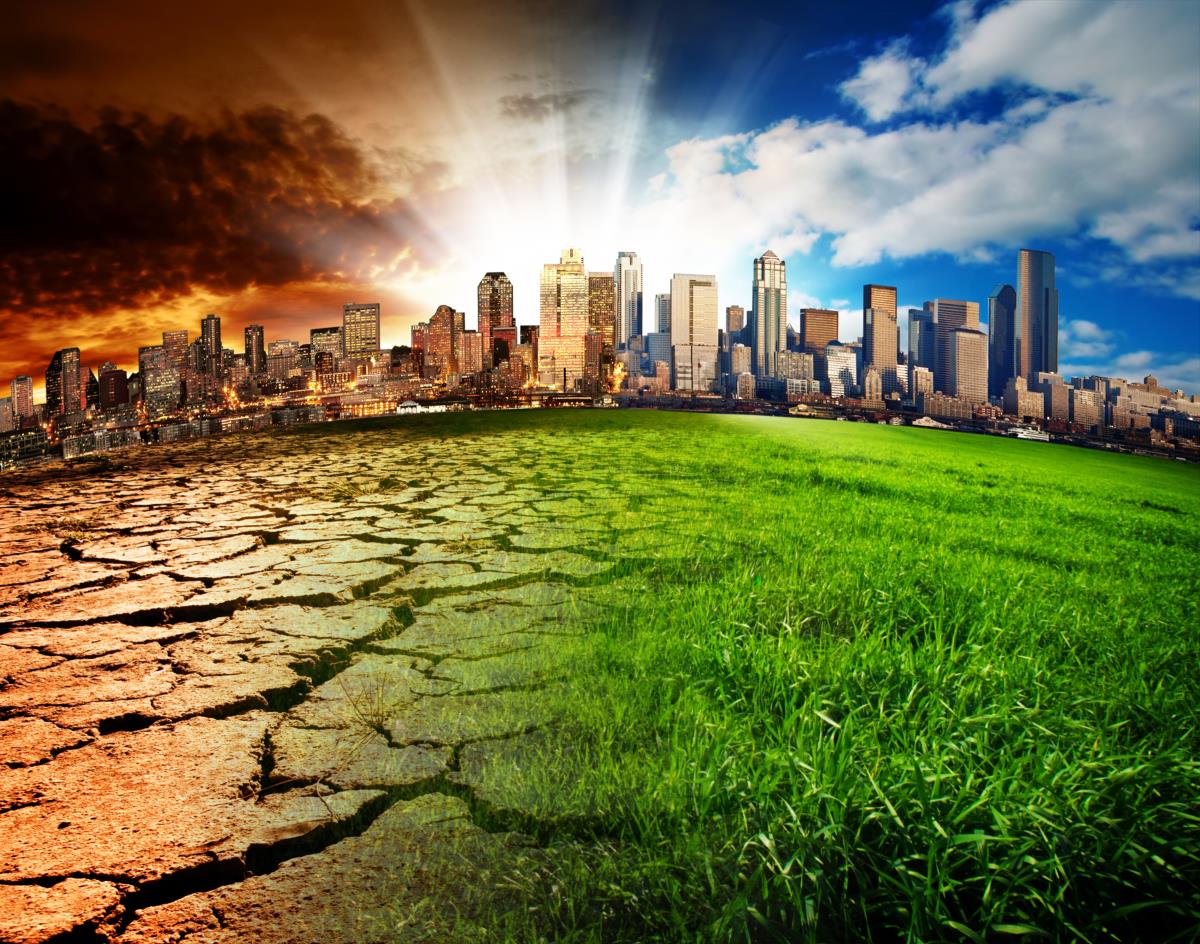Major climate change study just confirmed the climate was changing dramatically in the 1800s, long before the invention of the combustion engine
11/26/2017 / By Ethan Huff

A new study on climate change claims that global cooling events that took place in Europe during the 19th century were directly responsible for driving millions of German immigrants, including Donald Trump’s ancestors, to the United States in pursuit of warmer pastures. But in attempting to take a subtle jab against our current president, this admission by mainstream climate scientists proves once again that the theory of man-made climate change is little more than a modern-day fairy tale.
According to this latest research, there were three waves of immigration to the United States throughout the 1800s that were driven by climate change. This allegedly resulted in more than five million Germans migrating to the United States – a convenient little factoid that’s supposed to make people outraged that the President, whose ancestors were among these migrants, continues to be a vocal opponent of illegal immigration.
But political motivations aside, the paper flips man-made climate change theory completely on its head by basically admitting that climate change has nothing to do with people driving cars and other forms of industrialization – none of which existed when these three waves of climate change-driven immigration reached America. So, something else must be responsible for changing climate patterns other than human activity and the other usual suspects.
“Overall, we found that climate indirectly explains up to 20-30 per cent of migration from Southwest Germany to North America in the 19th century,” stated Professor Rüdiger Glaser, lead author of the study from the University of Freiburg in Germany. “The chain of effects is clearly visible: Poor climate conditions lead to low crop yields, rising cereal prices and finally emigration,” he added, noting that almost every major migration out of Germany, at least, was triggered by unfavorable climate conditions.
Natural events like volcanic eruptions affect climate far more than anything humans do, study reveals
As to what actually caused the climate change events that drove these three immigration waves, Glaser and his colleagues were unable to pinpoint a human trigger in any one of them. They looked at official migration statistics and population data from that era, along with weather data, harvest figures, and cereal price records, to come to the conclusion that natural phenomenon outside of human control was the cause in each case.
The first immigration wave is believed to have been caused by the eruption of the Tambora volcano in Indonesia in 1815. Volcanic eruptions, as some Natural News readers will already be aware, have previously been identified in scientific research as being a major cause of climate change – the extremely high temperatures of volcanic ash and gases heating up the atmosphere to a much higher degree than cars ever could.
The year after the Tambora eruption in 1816 was declared to be the “year without summer” because it was so cold and wet that major crop failures occurred, resulting in widespread famine. A similar turn of events happened in 1846, marking the next mass migration event, which saw more failed harvests, increased food prices, and poverty.
These subsequent migrations were slightly less a factor of natural phenomenon, though they were still technically prompted by things outside of human control like unfavorable weather conditions. War was also found to be a factor that drove many Germans to feel their homeland, as during the Crimean War that took place between 1853 and 1856, France outlawed all food exports, which put extreme pressure on Germany’s grain market – and drove many residents out of the country.
“Migration in the 19th century was a complex process influenced by multiple factors,” Glaser concluded. “Nevertheless, we see clearly that climate was a major factor.”
Sources for this article include:
Tagged Under: climate change, Donald Trump, Germany, global climate, global warming, Immigration, natural disasters, science, scientific study




















